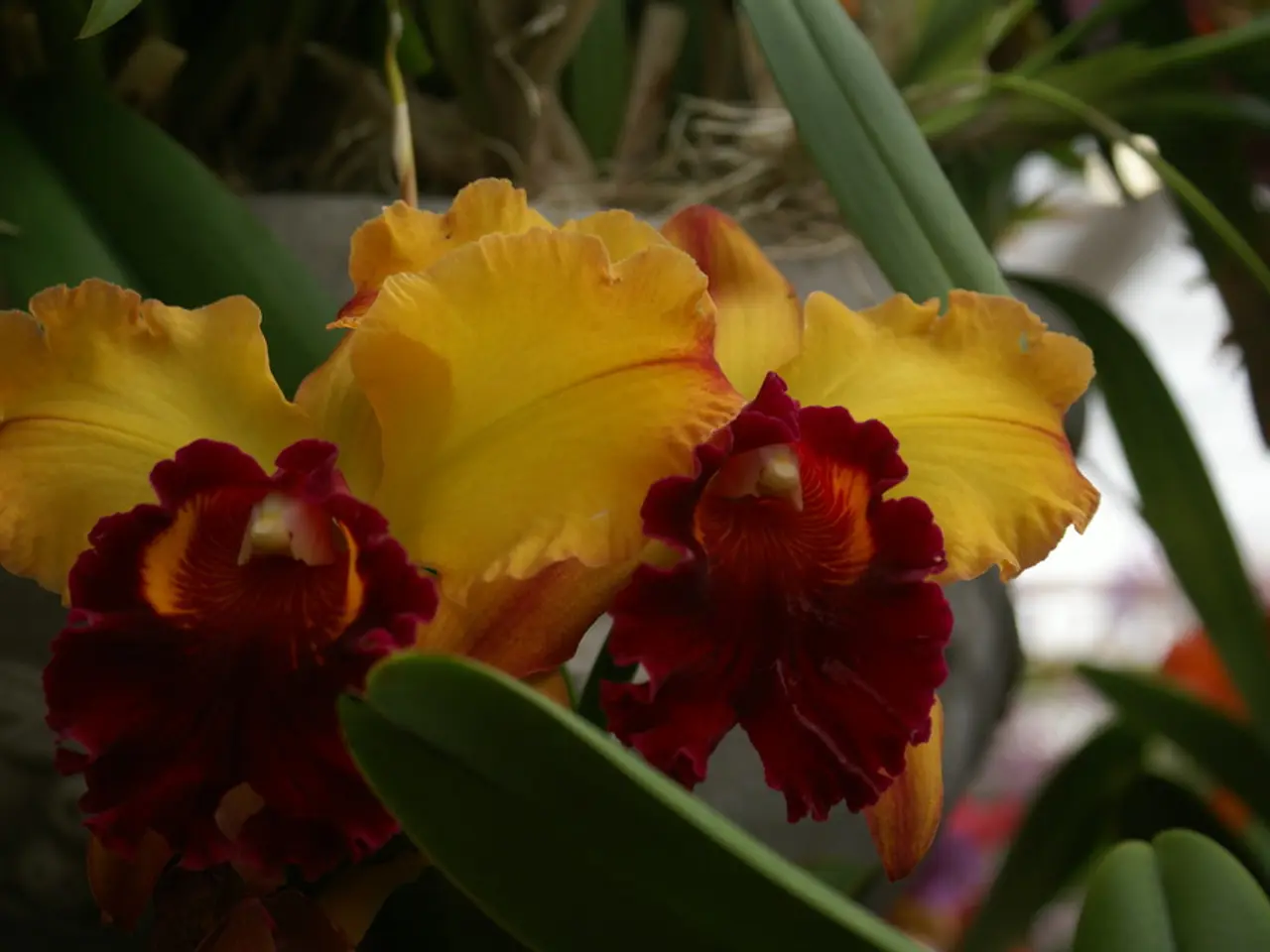August Pruning: 10 Perennials to Trim for a Late Bloom of Blossoms
In the heart of August, gardens across the nation are bursting with life, yet many plants may start to look a bit worse for wear. Overzealous perennials, having flopped over the sides of borders, may be smothering grass or other plants, while looking past their peak. But fear not, for a little TLC in the form of pruning can breathe new life into your garden, extending the blooming season and keeping it looking fresh into the fall.
Melanie Griffiths, an experienced gardener with over 20 years in the homes and gardens media, shares her insights on the art of pruning. Having served as Editor on Period Living magazine and worked for several other publications, including Homes & Gardens, Gardening Etc, Real Homes, and Homebuilding & Renovating, Melanie has transformed her own garden and is a passionate organic home grower. She is particularly fond of orchids and boasts a large houseplant collection.
According to Melanie, several types of flowering plants respond exceptionally well to being cut back after their initial bloom. By doing so, not only does the plant's appearance improve, but it also stimulates fresh growth, potentially leading to reblooming within about three weeks.
Salvias, garden phlox, black-eyed Susans, and bee balm are prime examples. After their first blooms fade, these plants can be cut back by half. This not only improves the plant's appearance but also encourages fresh growth and can lead to reblooming within about three weeks.
Perennial salvias benefit from a more aggressive approach, with their stems cut back by about one-third after the first bloom. This can lead to tidiness and potentially a second bloom cycle. Cranesbill geraniums should be cut back by one-third to one-half after their main flowering period in early summer to promote more foliage and better flowering later in the season.
Perennial coreopsis can be pruned more aggressively after flowering, either by cutting stems back to leaf nodes or to the ground. This helps extend bloom time and prevent bare patches. Plants like lady's mantle can be cut down to the ground in late summer to tidy the plant and encourage fresh growth and sometimes fall flowers.
Roses also benefit from deadheading and trimming weak or leggy growth to boost reblooming. A general guideline is to prune after the bloom cycle ends and to focus on removing spent flowers and cutting back leggy stems to encourage healthy new growth capable of producing more flowers.
However, not all plants can be pruned in summer. Plants that are setting their buds for next year and those that will not rebloom this year and so will be weakened through pruning should be left alone. Shrubs that bloom on old wood, such as rhododendrons, lilacs, and magnolias, should be pruned shortly after blooming ends (usually not in August) to avoid cutting off next year's flower buds.
Many plants are quick to recover and reward you with a fresh flush of flowers that will last until the frost. Campanula, for instance, can be cut back by about a half in August to encourage a late-season flush of flowers. Yarrow's spent blooms can be deadheaded to encourage a late show of flowers and help with drooping stems. Delphiniums can be deadheaded by trimming back spent flower stems to a new flower shoot or cutting the stem back to the ground, around 2 inches above the surface, to encourage a flush of late-summer blooms.
Lupines can also be deadheaded in August, cutting spent flower stalks down to near ground level, which may encourage another flush of flowers. Salvia plants can be deadheaded to encourage a new flush of flowers, especially for varieties with long spires. Shrubby salvia varieties can be trimmed back by a third using hedge shears.
In summary, many popular summer-flowering perennials and shrubs thrive with a mid-to-late summer trim, particularly salvias, phlox, black-eyed Susans, bee balm, cranesbill geranium, perennial coreopsis, and roses. By cutting them back, you can encourage new blooms and keep your garden looking fresh into the fall.
Melanie Griffiths, an experienced gardener with expertise in pruning, suggests that salvias, garden phlox, black-eyed Susans, bee balm, and cranesbill geraniums can be cut back by half after their initial bloom to stimulate fresh growth and potentially lead to reblooming within about three weeks. Perennial salvias benefit from a more aggressive approach, with their stems cut back by about one-third after the first bloom to promote tidiness and potentially a second bloom cycle.




